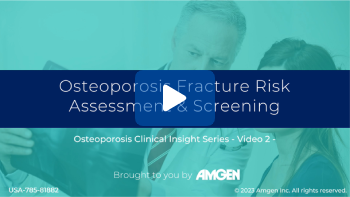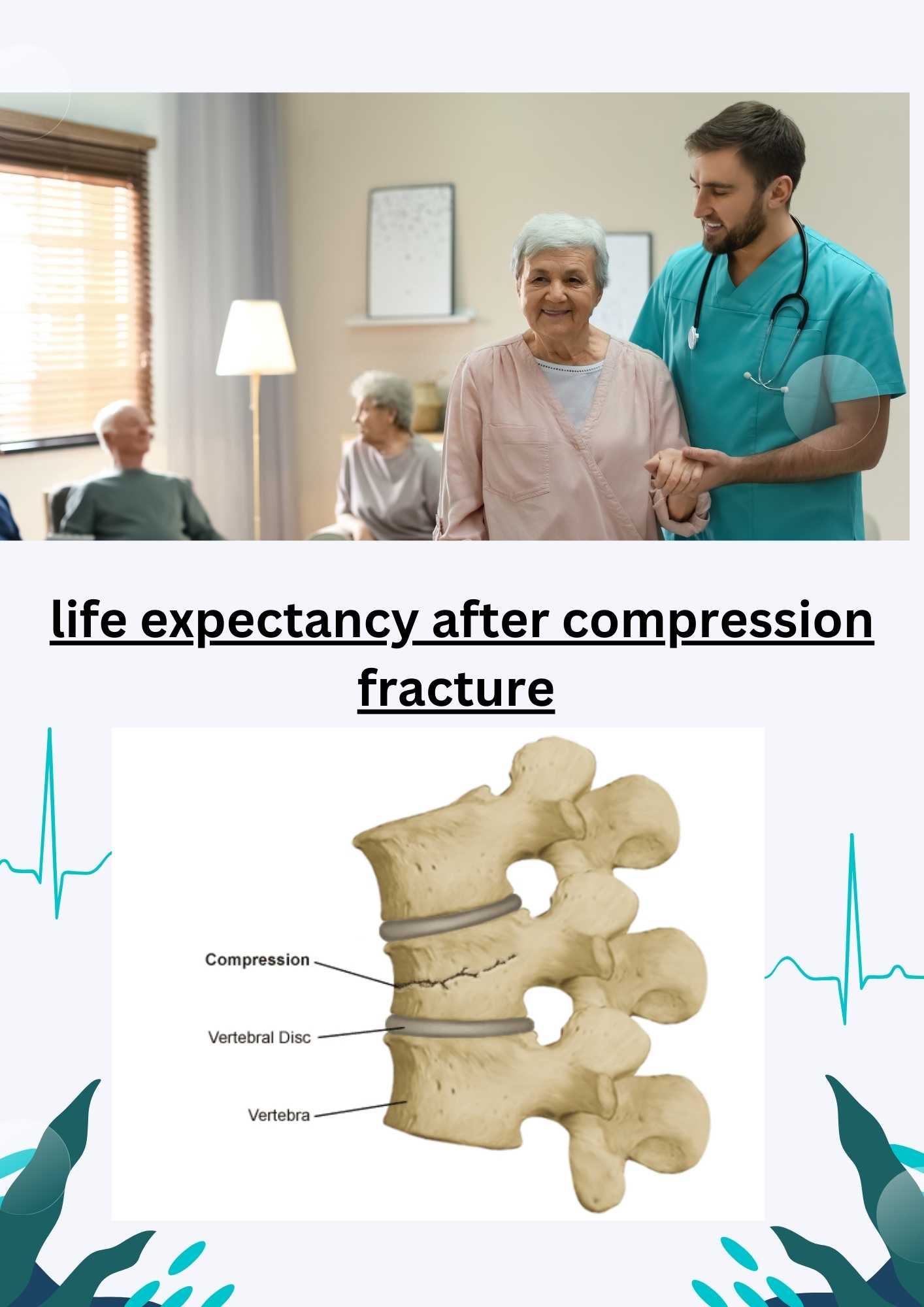The life expectancy after a compression fracture varies based on the patient’s overall health and age. Treatment and rehabilitation can greatly influence recovery and longevity.
Understanding the outcomes and management of compression fractures is crucial for those affected. These spinal injuries can significantly impact an individual’s quality of life and, in some cases, are associated with increased mortality, particularly among the elderly. However, with appropriate treatment, which may include medication, rest, or surgery, many patients can experience relief and regain function.
It’s important to address not only the fracture but also underlying conditions like osteoporosis that may have contributed to the injury. The road to recovery hinges on timely diagnosis, effective treatment, and a tailored rehabilitation program, all of which contribute to better long-term health prospects.
Compression Fractures And Mortality
Compression fractures impact life expectancy in several ways.
Elderly individuals often suffer from such fractures.
Studies show they might face a higher mortality rate after a fracture.
Osteoporosis plays a key role in both fracture risks and survival rates.
| Study | Year | Outcome |
|---|---|---|
| Impact of Fractures | 2018 | Reduced survival by 5% |
| Osteoporosis Connection | 2020 | Increased mortality in women |
Healthy bones hinder fractures.
Treatment includes medication and physical therapy.
Identifying The Risks
Understanding the impact of age and sex on mortality rates after a compression fracture is key. Older adults generally face a higher risk of complications. These complications can sometimes lead to a shorter life expectancy. Data reveal that women are more prone to osteoporosis-related fractures.
These fractures may result in immediate challenges, like severe pain and reduced mobility. Over time, affected persons could suffer from chronic pain and decreased independence. Long-term health risks also include potential changes to posture and breathing.
| Risk Factors | Health Implications |
|---|---|
| Older age | Higher complication rate, increased mortality |
| Female sex | Higher incidence due to osteoporosis |
| Immediate risks | Pain, reduced mobility |
| Long-term risks | Chronic pain, loss of independence |
Treatment And Recovery
The healing phases of compression fractures typically start with rest and pain management. Bones usually repair themselves over time.
Nonsurgical treatments may include wearing a brace and physical therapy. These aim to reduce pain and improve mobility. Strong bones can heal without surgery.
| Healing Phase | Nonsurgical Care | Surgical Care |
|---|---|---|
| Initial Rest | Bracing, Rest | Not Typically Required |
| Pain Reduction | Medications, Therapy | Considered if Necessary |
| Bone Healing | Natural Recovery | Operative Intervention |
Some cases need surgical interventions such as vertebroplasty. Doctors decide this based on the injury and patient’s health.


Credit: www.iboneacademy.com
Post-fracture Lifestyle Adjustments
Living with a compression fracture requires some key lifestyle changes. Steps to adapt daily life and boost mobility are vital. Gentle activities should replace heavy lifting. Take breaks often if sitting or standing for long periods.
Engage in specific exercises to maintain strength and flexibility. Seek medical guidance before starting any physical rehabilitation. It helps avoid strain on the healing spine. These actions may improve life expectancy after a fracture.
Preventing Further Damage
Maintaining strong bones is vital to prevent fractures. Calcium-rich foods and vitamin D are key for bone health. Weight-bearing exercises like walking can help too. Doctors sometimes prescribe medicines to make bones stronger.
People who have fractures need to be careful. Preventing falls is important. Using a walker or cane can keep you safe. Make your home fall-proof by removing rugs and clutter.
Regular check-ups are important. Doctors can track bone density and give advice. They may suggest a brace to help healing and support.


Credit: link.springer.com
Living With A Compression Fracture
Living with a compression fracture often means adapting to changes in daily life. Quality of life is central to this topic: staying active is key but with care. Adequate rest and gentle movement aid healing. People learn to manage discomfort with medication and use of a brace if needed.
Support systems are vital. Friends, family, and coping mechanisms play a big role in recovery. Some find relief in warm baths or heating pads. Others prefer physical therapy to strengthen the back. A stable network and healthy habits help maintain a good life, post-fracture.


Credit: www.tandfonline.com
Frequently Asked Questions For Life Expectancy After Compression Fracture
Can You Live A Normal Life With A Compression Fracture?
Yes, many people with a compression fracture can live a normal life post-recovery with appropriate treatment and care.
What Is The Fastest Way To Heal A Compression Fracture?
Rest and wear a back brace for support. Take prescribed pain medication and engage in physical therapy. Address underlying osteoporosis if necessary.
How Do I Strengthen My Back After A Compression Fracture?
To strengthen your back after a compression fracture, engage in physician-approved gentle exercises like walking and swimming. Gradually include specific physical therapy exercises to improve flexibility and strength. Always consult your doctor before starting any new exercise regimen.
What Not To Do With A Compression Fracture?
Avoid lifting heavy objects, bending excessively, or twisting your spine with a compression fracture. Steer clear of high-impact activities and prolonged bed rest, as both can worsen the condition. Always follow your healthcare provider’s specific advice for recovery.
Conclusion
Understanding the impact of a compression fracture on life expectancy is crucial for patients and caregivers alike. Proper medical intervention is key to managing outcomes. It’s essential to focus on healing and prevention strategies tailored to individual needs. Maintaining bone health and pursuing therapies can aid in a better quality of life post-fracture.
Each step toward recovery underscores the body’s resilience and the importance of specialized care.

